- Learn from China
- Sustainable Local Chinese craft techniques:
- Local materials that Chinese people have been using
Sustainable local Chinese art techniques and their components:
- Chinese Silk
- Chinese Puppetry
- China Seals
- Paper-cutting– Chinese paper-cuts have been a traditional form of decoration in China at Chinese New Year and events all year round for thousands of years. By cutting a particular theme inspired by daily life into red paper with scissors or an engraving knife, for example plants, Chinese zodiac animals and some famous Chinese legendary figures, the Chinese people express their good wishes for health, prosperity and happiness in the future.
- Chinese painting– Chinese painting is one of the oldest artistic traditions in the world. The most traditional way of Chinese painting is known as “national” or “native painting” (国画), which is quite different from the Western styles of painting. The artists paint on rice paper or thin silk with brushes, Chinese ink and Chinese painting dye. The main themes of paintings include human figure, landscape, plants and animals.
- Chinese kites
- Chinese embroidery- After the opening of Silk Road in Han Dynasty, the silk production and trade became flourishing. Several major silk embroidery styles had been developed, like Song embroidery (Song Jin 宋锦) in Suzhou, Cloud embroidery (Yun Jin 云锦) in Nanjing and Shu embroidery (Shu Jin 蜀锦) in Sichuan. The major modern embroidery styles are Su embroidery, Xiang embroidery, Yue embroidery and Shu embroidery.
- Folk toys-mainly made from cloth, grass, straw, clay, paper
Can it be replicated through plastic?
- The use of plastic to create traditional Chinese lantern decorations:
https://www.queenslibrary.org/about-us/news-media/blog/1555
Perhaps if plastic packaging from food or waste from delivered items is melted and cut up, it can be used to create traditional Chinese lanterns for festivals such as the Lunar New Year.
- Shredded plastic can be used in the place of paper to recreate the traditional Chinese knotting craft, which will utilize the otherwise wasteful material to serve a new purpose. In addition, colorful discarded wires, such as the ones left over from the NYUSH IMA lab can also be used to create various knot designs.
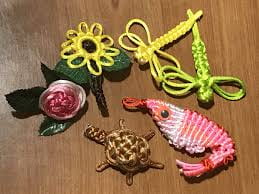
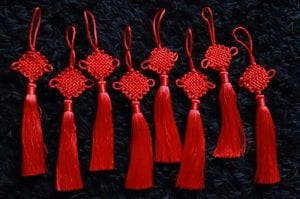
- Recycled thread can be used to recreate traditional Chinese embroidery designs, which serve as decorations for bags, clothes and various other fabrics. In addition, perhaps plastic thread can be woven together to mimic a natural cotton thread.
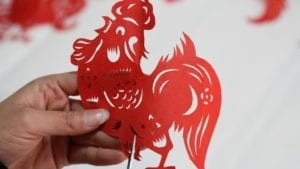
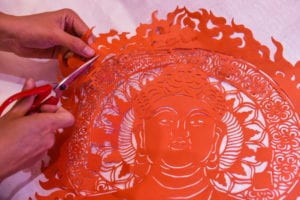
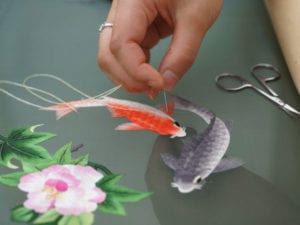
- References
Interesting solutions that deal with upcycling plastic and other wasteful materials to create sustainable products:
- The use of plastic bottles as bird feeders and pots for growing plants. There have been multiple projects that create herb gardens from plastic bottles that can easily be painted and cut to hold soil or become bird feeders.
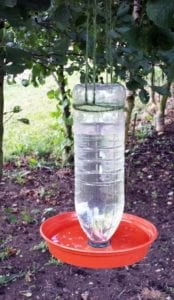
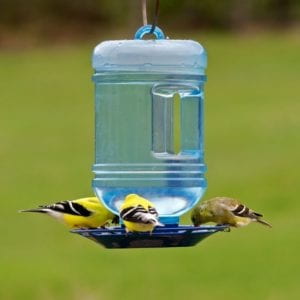
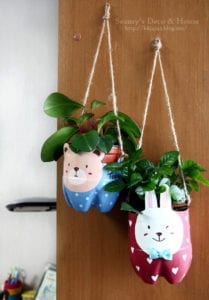
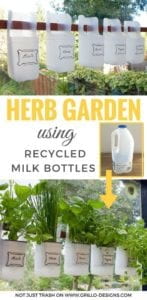
- Another creative idea is creating stationary holders for pens, pencils and even paper holders with plastic bottles, milk jugs, as well as everyday water bottles.
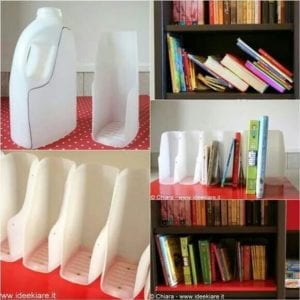
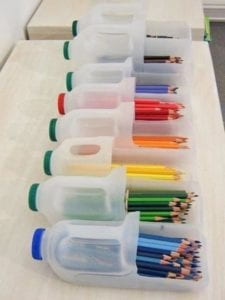
- An interesting idea I found is the use of cut up and melted plastic to create sculptures of animals or poplar characters from pop culture, similar to the chicken sculpture from South African artists. In addition, the artists used plastic bag, ties together with discarded rope and simply tied around plastic bags of various texture to create the illusion of animal feathers or fur. This technique can also be used to mimic the texture of glass.

Analysis:
I will use the Natural Capitalism framework from the “Design is the Problem” text to evaluate the feasibility of these ideas:
The Natural Capitalism evaluation model creates a quick foundation for understanding the value of sustainability.The framework describes 4 types of capital:natural, human, manufactured and financial capital. There are also multiple radical shifts that are observed within the frameworks: radical resource productivity, ecological redesign, service and flow economies and investing in natural capital. According to the radical resource productivity analysis, the above mentioned ideas do not dramatically increase the productivity of a certain natural resource, they simply extend the usage life cycle of materials such as plastic and paper, that would have been simply discarded at a landfill or ended up in our oceans. According to the ecological redesign shift analysis the above mentioned solutions successfully shifts our perspectives and processes to biologically-inspired models. This is done by showing people what their waste can transform into and how upcycling creates new uses fro old materials. According to the service and flow economies shift analysis, the challenge to deliver better function, value, and relationships from services—even with the involvement of an object, is clearly achieved with the creation of bird feeders and stationary holders. And finally, the investing in natural economies shift factor is not fulfilled, as the above mentioned projects do not build a stronger resource base for our natural resource-based needs. All in all, I believe that although the above mentioned solutions are viable and somewhat reduce the need for the creation of new materials, they are not ultimately a sustainable solution for the future.
Leave a Reply